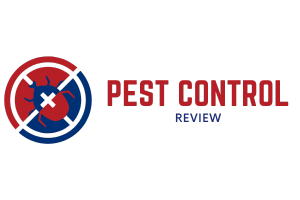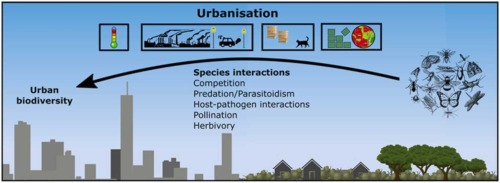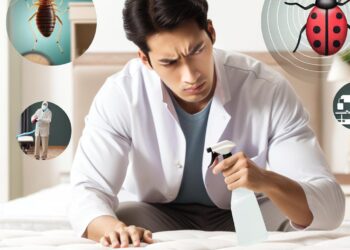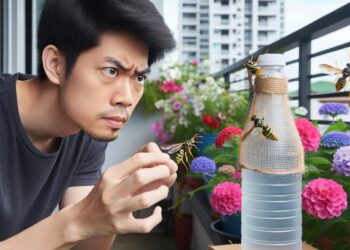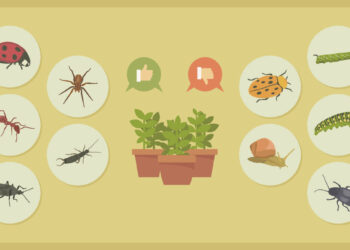How Urbanization Shapes the Pest Landscape: Understanding the Effects on Control Strategies
As urbanization continues to spread across the globe, it has a significant impact on the population and Behaviour of pests. Urban areas provide ideal conditions for many types of pests to thrive, leading to increased infestations and a greater need for effective pest control measures.
Factors Contributing to Increased Pest Populations in Urban Areas
- Climate Change: Urban areas tend to have a warmer microclimate than surrounding rural areas, which can create ideal conditions for pests to breed and survive.
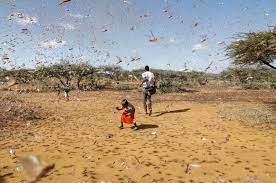
- Food and Shelter: Urban areas provide abundant food sources in the form of garbage and discarded food, as well as shelter in the form of buildings, parks, and other human-made structures.
- Transportation Networks: Transportation networks such as roads, railways, and airports facilitate the movement of pests from one area to another, leading to the spread of infestations.
- Human Activity: Human activity such as construction, landscaping, and gardening can create ideal conditions for pests to thrive, as well as inadvertently introduce pests to new areas.
The Need for Effective Pest Control Measures in Urban Areas
With the increased prevalence of pests in urban areas, it is essential to implement effective pest control measures to prevent infestations and protect public health and safety. Effective pest control measures can also help to reduce the economic impact of pest infestations on businesses and households.
Integrated Pest Management (IPM)
Integrated pest management (IPM) is a holistic approach to pest control that emphasizes prevention, monitoring, and control. IPM involves a combination of strategies, including cultural, mechanical, biological, and chemical methods, to control pests in a safe and effective manner.
Cultural Methods
Cultural methods involve modifying the environment to discourage pest activity. Examples include proper waste management, regular cleaning and maintenance, and the removal of standing water.
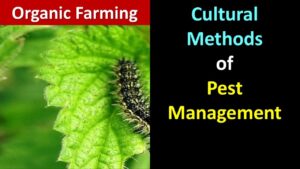
Mechanical Methods
Mechanical methods involve physically removing pests from the environment. Examples include trapping, vacuuming, and exclusion methods such as sealing cracks and gaps in buildings.
Biological Methods
Biological methods involve the use of natural predators, parasites, and pathogens to control pest populations. Examples include the use of beneficial insects to control plant pests and the release of sterilized male insects to control populations of pest insects.
Chemical Methods
Chemical methods involve the use of pesticides to control pest populations. While effective, chemical methods must be used with caution to avoid harm to non-target organisms and the environment.
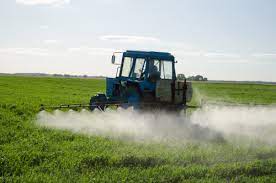
Urbanization has a significant impact on pest populations, and effective pest control measures are essential to prevent infestations and protect public health and safety. Integrated pest management (IPM) is a holistic approach to pest control that emphasizes prevention, monitoring, and control and is the recommended approach for effective pest management in urban areas. By implementing effective pest control measures, we can ensure that our cities remain healthy, safe, and pest-free.
Challenges and Opportunities for Pest Control in Urban Areas
While the prevalence of pests in urban areas presents a significant challenge for pest control, it also presents an opportunity for innovation and new approaches to pest management. Here are some challenges and opportunities for pest control in urban areas:
Challenges:
- Urban structures and building materials can make it difficult to control pest populations.
- High population densities can make it challenging to apply pest control measures without risking harm to humans and pets.
- The diversity of pest species in urban areas can make it challenging to develop effective pest control strategies.
Opportunities:
- Advances in technology, such as the use of drones and sensors, can help to monitor and control pest populations more effectively.
- Public education campaigns can help to raise awareness of the importance of pest control and promote sustainable pest management practices.
- Collaborative approaches, such as partnerships between pest control companies and community organizations, can help to address pest problems more effectively.
The impact of urbanization on pest populations and control is a complex issue that requires a multifaceted approach. As cities continue to grow and expand, the challenges of managing pests in urban areas are becoming increasingly complex.
One of the biggest challenges facing pest control in urban areas is the diversity of pest species that can be found in these environments. Urban areas provide a wide range of habitats and food sources for pests, which can lead to the proliferation of many different species. This can make it difficult to develop effective pest control strategies that are tailored to the specific needs of each pest species.
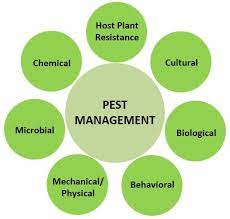
Another challenge is the high population densities that are often found in urban areas. This can make it challenging to apply pest control measures without risking harm to humans and pets. Additionally, the structures and building materials commonly found in urban areas can make it difficult to control pest populations, as pests can easily find areas to hide and breed.
Despite these challenges, there are also opportunities for innovation and new approaches to pest management in urban areas. Advances in technology, such as the use of drones and sensors, can help to monitor and control pest populations more effectively. Public education campaigns can also help to raise awareness of the importance of pest control and promote sustainable pest management practices.
Collaborative approaches, such as partnerships between pest control companies and community organizations, can also help to address pest problems more effectively. By working together, these organizations can develop comprehensive pest control strategies that take into account the unique needs of each community.
Overall, the impact of urbanization on pest populations and control is a complex issue that requires a multifaceted approach. By implementing effective pest control measures, we can ensure that our cities remain healthy, safe, and pest-free, while also creating opportunities for innovation and new approaches to pest management.
Conclusion
The impact of urbanization on pest populations and control is a complex issue that requires a multifaceted approach. By understanding the factors that contribute to pest infestations in urban areas and implementing effective pest control measures, we can create healthy, safe, and pest-free urban environments while minimizing negative impacts on human health and the environment.
